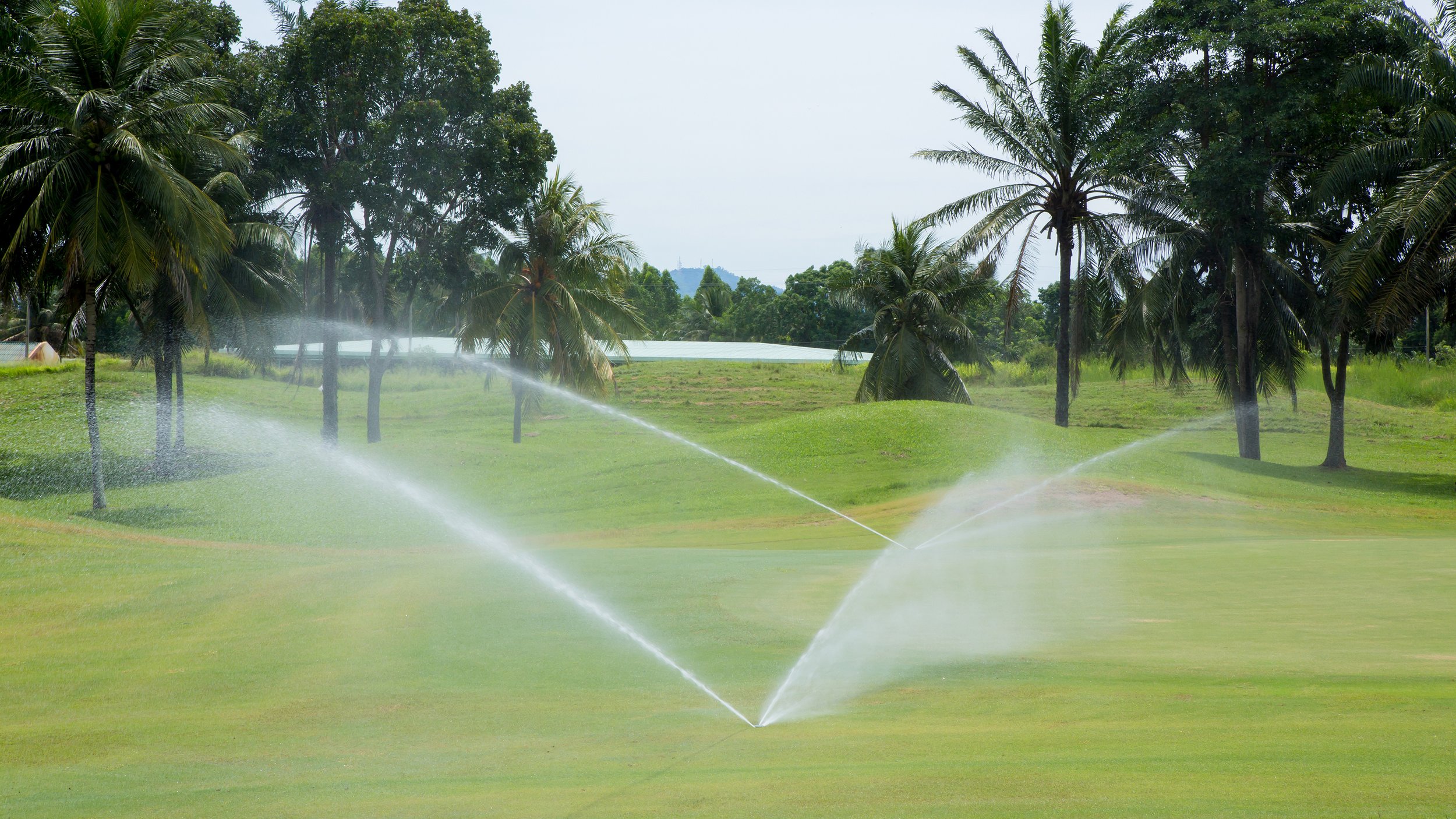An Introduction to Sustainability in the Golf Industry
Photography: Callum Bakken
As the world strives for cleaner and greener business operations across a variety of industries, the world of golf is not to be left behind. The maintenance of a golf course can have a significant impact on the environment, including water and energy use, pesticide and fertilizer use, waste generation, and habitat destruction. Nevertheless, through novel practices and innovations golf courses are beginning to find long-term solutions to minimize the environmental impacts of their facilities and contribute to a more sustainable future.
In this piece, we will delve into some of the key areas for consideration that golf courses must manage to ensure the minimization of their environmental impacts. These are water conservation, energy conservation, biodiversity, and community engagement. This is to provide an overview of how the golf industry is currently placed and where it is poised to go.
Water Conservation
As we all know, golf courses require significant amounts of water to maintain the turfgrass and landscaping. This can put a strain on local water resources, especially in areas with limited water availability, if proper methodologies are not followed. One of the primary ways golf courses can conserve water is through the use of efficient irrigation systems. Irrigation systems can be designed to deliver water only where it is needed, with Bastug & Buyuktas (2003) estimating 15% of water use could be saved through more appropriate design and irrigation scheduling. Ideally, this water will be recycled with many golf courses being self-sufficient and providing irrigation using the water they store within the course itself.
Golf courses can also promote water conservation through sustainable landscaping practices. For example, the use of drought-tolerant grasses and native plants can significantly reduce the amount of water needed to maintain the course while also promoting biodiversity. This can also be aided by clever golf course design, such as, the use of rubber matting made from recycled used tyres placed in the face of bunkers to minimise the effects of significant rain and ensure water runoff is directed to reusable locations.
Photography: Callum Bakken
Energy Conservation
The upkeep of a golf course and running of golf facilities require large quantities of energy. The majority of this energy is spent in running the maintenance machinery for mowing, accounting for approximately 27% of energy consumption (Tidåker et al., 2017), and the electrical requirements of the club house and various facilities. To mitigate the carbon footprint a number of golfing facilities are seeking to utilise renewable energy sources, such as solar power.
Nevertheless, the most effective energy minimisation practices that golf courses can explore is the optimisation of maintenance procedures. With the development of improved grasses and optimised mowing methodologies, golf courses can significantly reduce the emissions created by their machinery. Additionally, with technology continuing to improve in the electric maintenance equipment space, the environmental impacts of courses will continue to be improved.
At this time research is being initiated by a number of different courses globally to determine the environmental impact from the carbon footprint perspective. This analysis will aim to demonstrate the variance between the CO2 emissions outputted in the operations of the course compared to the emissions absorbed by the golf course itself. As an avid golf lover, ideally the results will demonstrate that golf courses are net positive and assist with the long-term viability of golf courses globally.
Biodiversity
Biodiversity is an essential aspect of sustainability in the golf industry. Golf courses can have a significant impact on the local ecosystem, and their management practices can either promote or harm biodiversity. Maintaining and enhancing biodiversity on golf courses can contribute to a healthier ecosystem, improved playing conditions, and a more sustainable future. One of the primary ways golf courses can promote biodiversity is through the use of native plant species. Native plants are adapted to the local environment and can provide habitat for local wildlife, such as birds, insects, and small mammals. Additionally, native plants require less water, fertilizer, and pesticides than non-native species, which can reduce the environmental impact of golf course management.
Another approach to promoting biodiversity on golf courses is through the creation of wetlands and other natural areas. Wetlands can provide habitat for a variety of aquatic species and help filter pollutants from runoff water. Natural areas, such as woodlands and meadows, can provide habitat for a variety of plant and animal species while enhancing the aesthetic appeal of the golf course.
Research conducted by Nguyen T., et al (2022) looked into the land surface temperature (LST) at golf courses compared to other urban areas. The research found that golf courses have a significantly lower LST, and this is further enhanced by courses with greater biodiversity. Thus, suggesting that golf courses can provide significant benefits to the increasing temperatures of urban areas and with dedicated planning to location, design, and biodiversity, can play a pivotal role in maintaining the liveability of various cities.
Community Engagement & Education
If we are to continue the improvement of sustainable practices used by golf courses, and better understand the impact of golf courses on our environment more wholistically we must ensure that they and their stakeholders stay informed. This starts with golf courses better understanding the net carbon footprint of their operations and the benefits they can provide for the control of rising temperatures in urban areas. Through the power of knowledge, golf courses can better position themselves in the conversation about sustainability and the long-term environmental impacts of varying industries.
The golf industry is perfectly placed to lead the research and exploration into a large variety of sustainable practices that can be promoted across a multitude of industries. Golf courses have unique access to the biodiverse land required to conduct the required research and a significant platform to engage the community in the sustainability conversation. Through enhanced communication with the various stakeholders, members and participants of the sport, golf courses and facilities can lead the conversation on how we can each do more to enhance our sustainable practices.
References
Bastug, R. and Buyuktas, D. (2003) “The effects of different irrigation levels applied in golf courses on some quality characteristics of turfgrass,” Irrigation Science, 22(2), pp. 87–93. Available at: https://doi.org/10.1007/s00271-003-0073-7.
Nguyen, T.T. et al. (2022) “Cooling effects of urban vegetation: The role of golf courses,” Remote Sensing, 14(17), p. 4351. Available at: https://doi.org/10.3390/rs14174351.
Tidåker, P., Wesström, T. and Kätterer, T. (2017) “Energy use and greenhouse gas emissions from turf management of two Swedish golf courses,” Urban Forestry & Urban Greening, 21, pp. 80–87. Available at: https://doi.org/10.1016/j.ufug.2016.11.009.
Guest Writer: Callum Bakken
++++++++++++++++++++
We love to hear from you, so if there’s something you’d like to see more of in AWGN’s Inside News, or you have an idea or tip to share, email us at jessica@auswomensgolf.com.au
And if you know someone who would be interested in receiving a copy of Inside News, share it with them.




